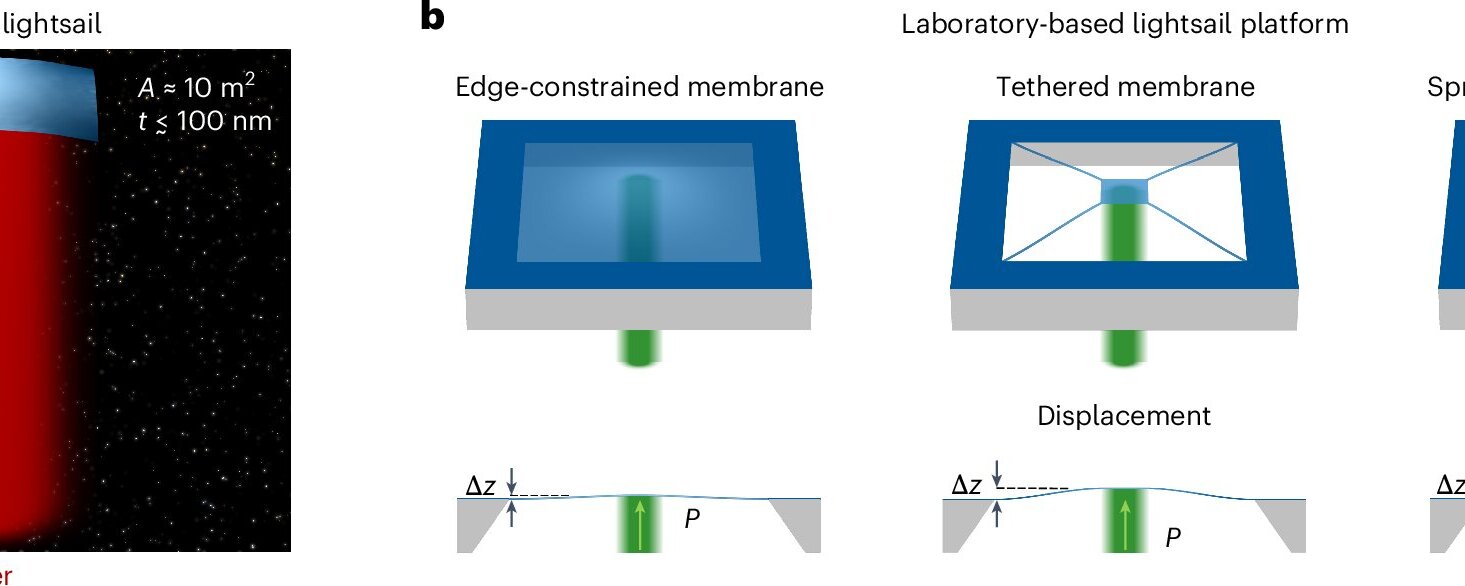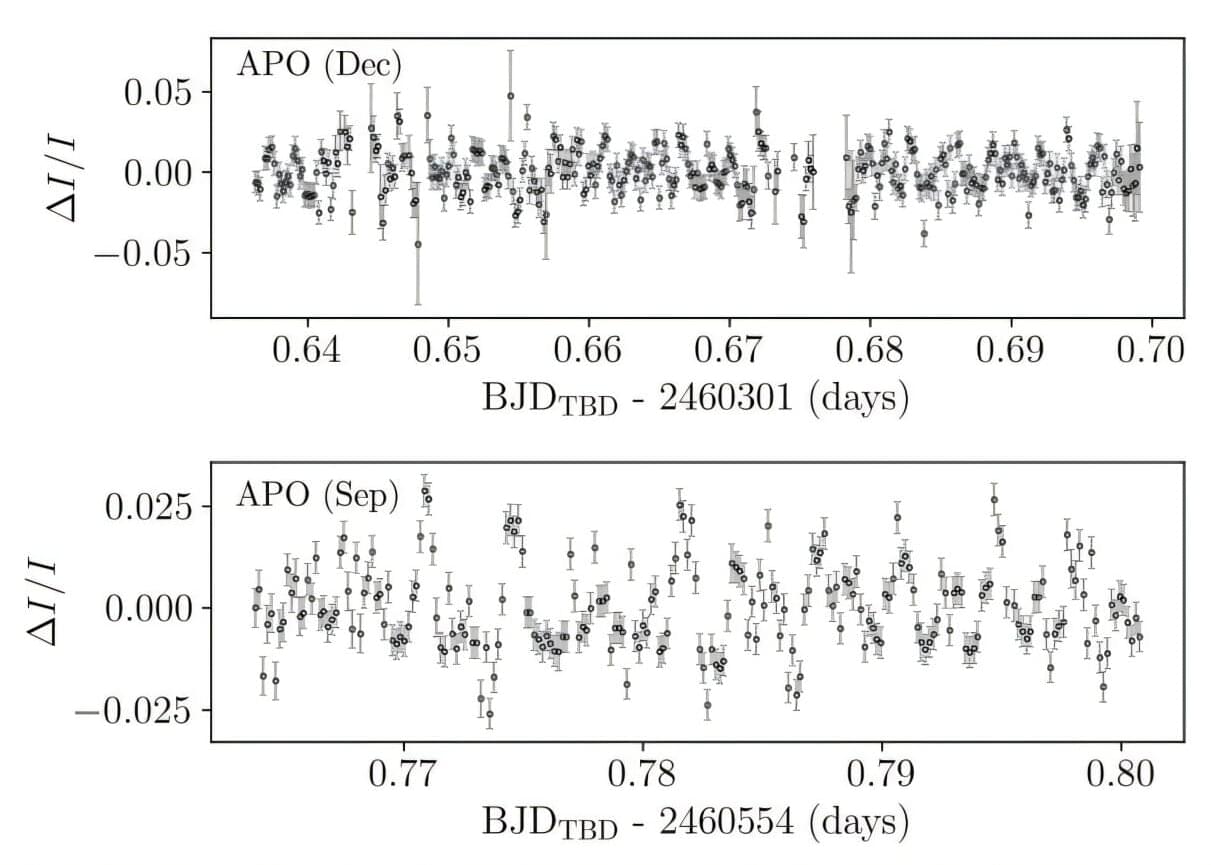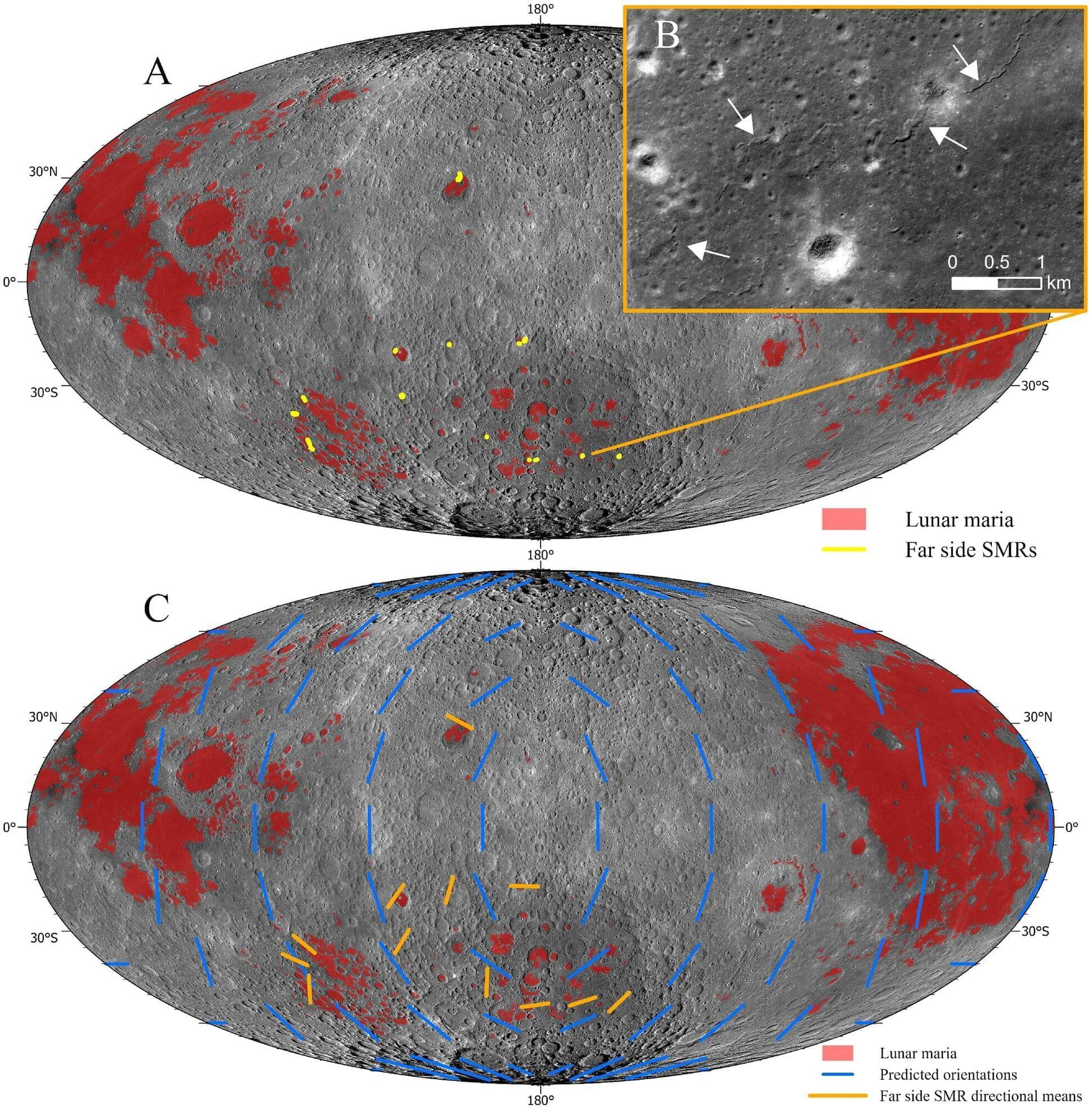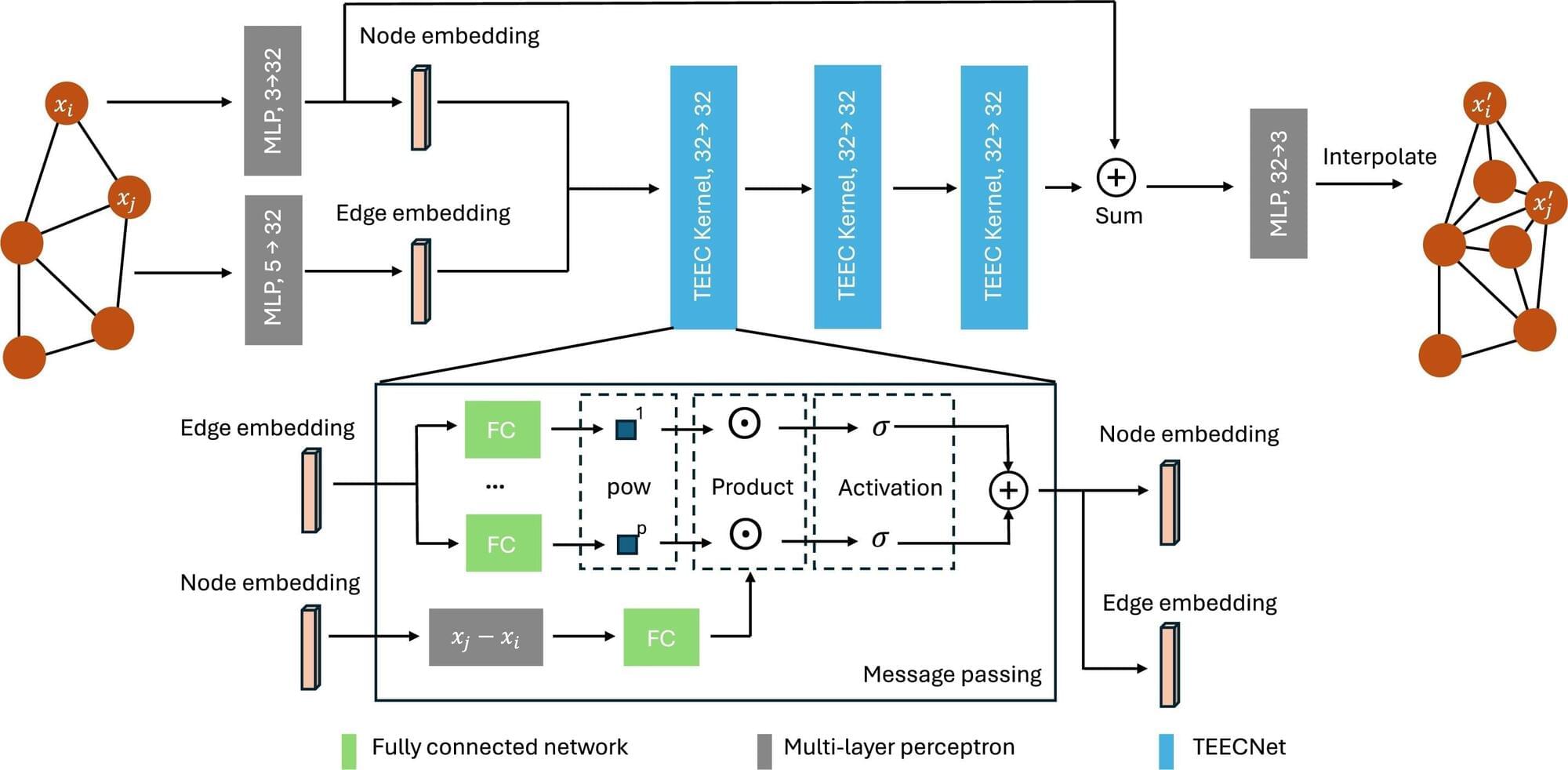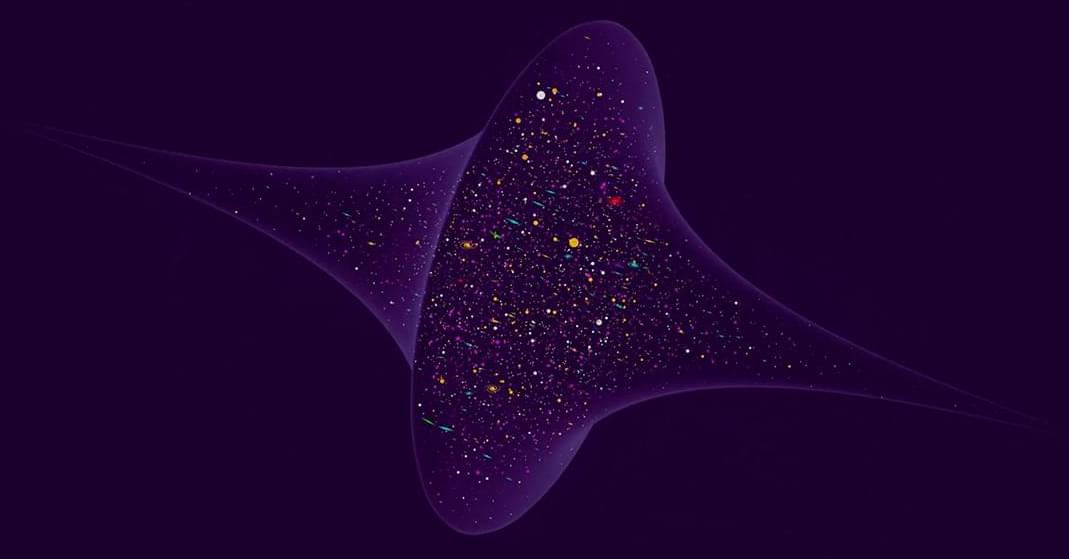The idea of traveling through interstellar space using spacecraft propelled by ultrathin sails may sound like the stuff of sci-fi novels. But in fact, a program started in 2016 by Stephen Hawking and Yuri Milner, known as the Breakthrough Starshot Initiative, has been exploring the idea. The concept is to use lasers to propel miniature space probes attached to “lightsails” to reach ultrafast speeds and eventually our nearest star system, Alpha Centauri.
Caltech is leading the worldwide community working toward achieving this audacious goal.
“The lightsail will travel faster than any previous spacecraft, with potential to eventually open interstellar distances to direct spacecraft exploration that are now only accessible by remote observation,” explains Harry Atwater, the Otis Booth Leadership Chair of the Division of Engineering and Applied Science and the Howard Hughes Professor of Applied Physics and Materials Science at Caltech.
